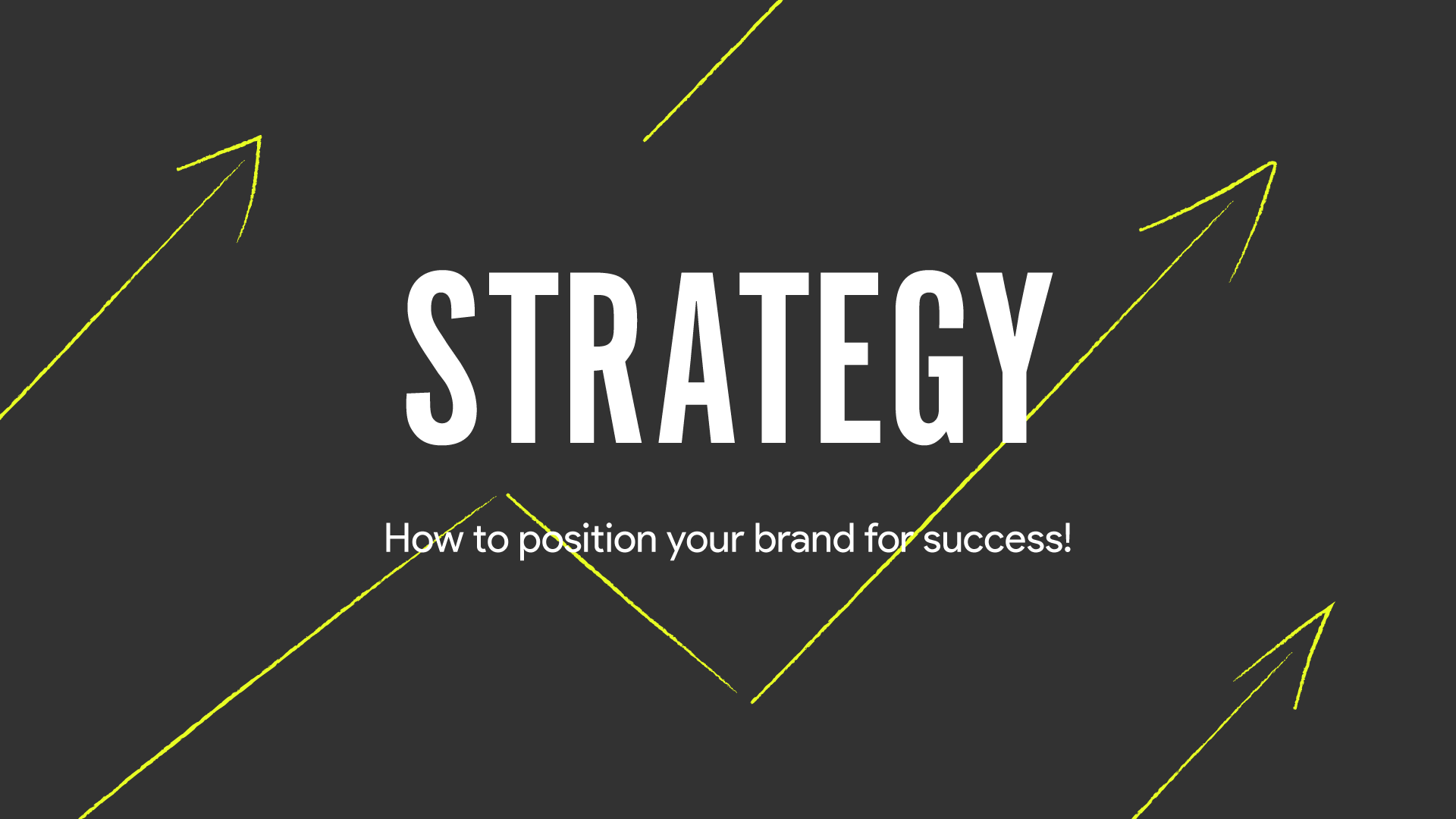After many years of helping brands tell their stories, we have learned that a successful business cannot thrive without a strong brand strategy. The viability of your content, culture, and business can be compromised without a unified identity. However, the root cause of this problem is simple: developing an effective brand strategy takes time, effort, and commitment. Unfortunately, this is also where many of us stumble.
What Exactly Is A Brand, Anyway?
The term “brand” can be defined in a million different ways. When people talk about a “brand,” they often mean the physical mark (or logo) that identifies the company that made the item. However, a brand is much more than that. In other words, it is an emotional brand – or, more accurately, a bond between a customer and a company.
Brand Strategy: What Is It?
Your company’s brand strategy can be thought of as a 360-degree blueprint for your business. Your brand strategy should define the key elements that make your brand unique and encompass your mission and goals, as well as how you plan to achieve them.
An effective brand strategy carefully considers your market, niche, product or service offering, customers, and competitors. Your plan should be based on as much data as you can find.
Whenever you are building something from scratch, you’ll need to take some leaps of faith. Remember, though, that the more visitors, followers, and customers you gain, the more valuable your data becomes for developing more innovative and effective strategies.

Here are steps to writing the perfect brand strategy for your business:
Know Your Target Audience
A buyer persona is a description of the characteristics of your ideal customer. It contains crucial information such as the goals, habits, problems, requirements, and other vital aspects that can help you market to this person successfully. Knowing these details can help you develop better products and increase the growth of your business. Consequently, the products you make will meet the needs of these potential customers, increasing your chances of selling.
Brand Positioning
A positioning statement is often 2-3 sentences long and sums up the essence of your brand positioning. A realistic promise needs to be backed up by action because you need to deliver what you promise. Furthermore, it should be aspirational so you can work towards it.
Creating Your Brand Essence
The process of identifying these elements may seem complicated, but it’s not impossible. Nor is it like a hunt. Your essence lies within yourself. It just needs to be unearthed and documented, not manufactured.
Develop Your Messaging Strategy
Next, you need to develop a messaging strategy that translates your brand positioning into messages for different audiences. Typically, you’ll target potential customers, potential employees, referral sources, and potential partners, among others.
Develop Your Name, Logo, And Tagline
Changing your company name is often not necessary. Changing your business name may be necessary. However, if you are a new business, have recently merged, or have a name that no longer fits your positioning. Even if you do not change the name, your business can benefit from a new logo and tagline.
Design A Content Marketing Roadmap
In the modern world of the internet, the concept of content marketing lends itself particularly well to an agency or packaging company. It does everything traditional marketing does, but it does it better. It attracts potential customers, nurtures them, and qualifies them with valuable educational content.
